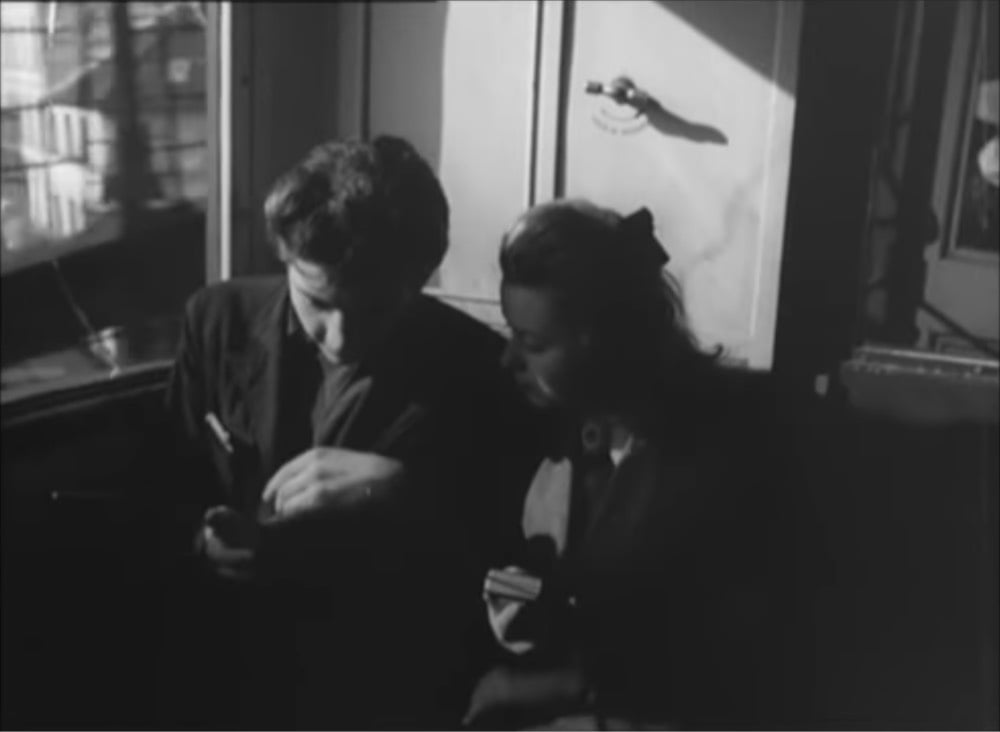1947 Film That Eerily Predicted How People Would Use Smartphones
This clip is from a 1947 French film about the imagined future of television called “Télévision œil de demain”. The film is based on a premise by science fiction author René Barjavel and directed by J.K. Raymond-Millet. It predicts not only handheld smartphone-like devices but also, with uncanny accuracy, the behavior that comes with them — like people walking around looking at screens, people on screens bumping into each other, oblivious screen users walking out in front of cars, etc. I mean, just look at this:


And a bit later in the clip, the film shows a car crash resulting from distracted driving.
When wireless is perfectly applied the whole earth will be converted into a huge brain, which in fact it is, all things being particles of a real and rhythmic whole. We shall be able to communicate with one another instantly, irrespective of distance. Not only this, but through television and telephony we shall see and hear one another as perfectly as though we were face to face, despite intervening distances of thousands of miles; and the instruments through which we shall be able to do his will be amazingly simple compared with our present telephone. A man will be able to carry one in his vest pocket.
And also from Mark Sullivan (1953):
In its final development, the telephone will be carried about by the individual, perhaps as we carry a watch today. It probably will require no dial or equivalent, and I think the users will be able to see each other, if they want, as they talk.





Stay Connected